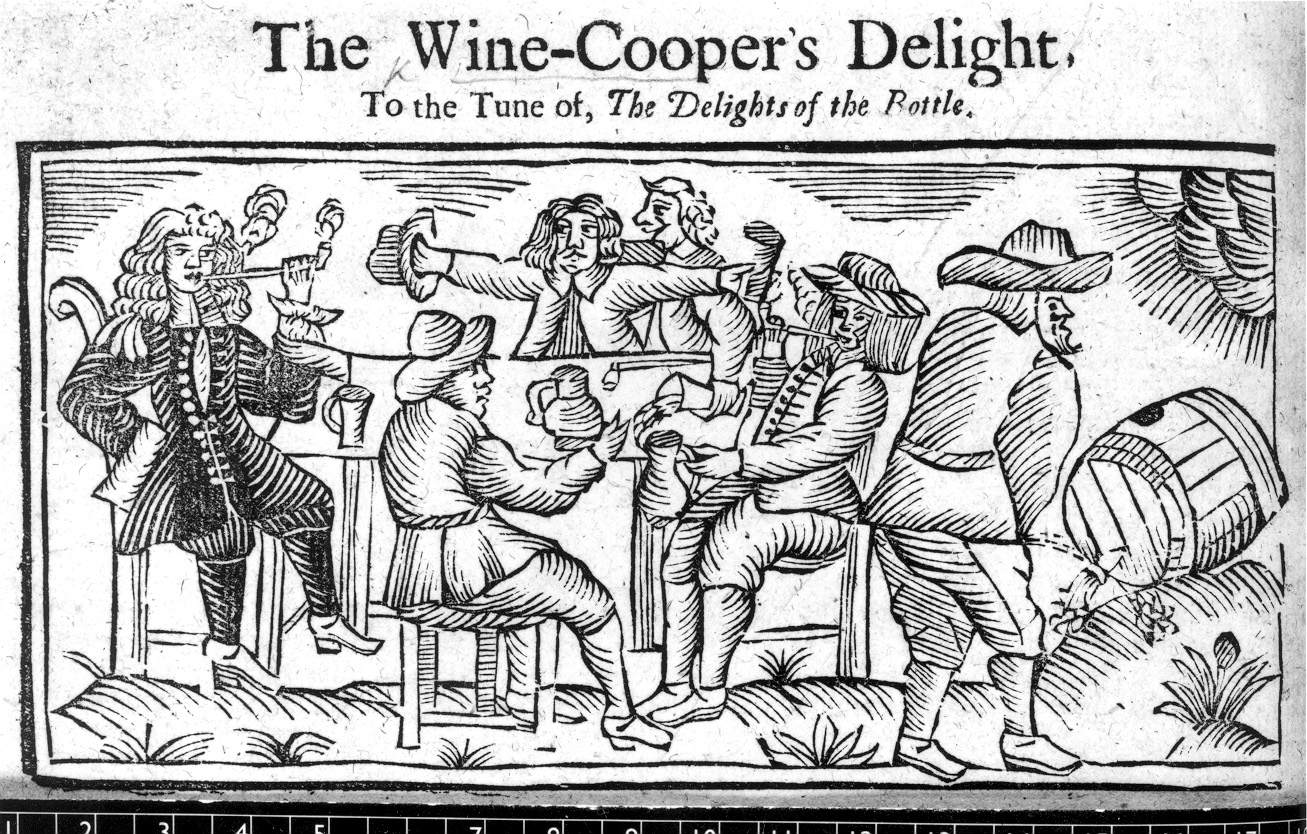After the
English Civil war was over, the Puritans were in charge, a 'godly
government' that would do their damnedest to follow the bible and
reform the morals of the country. They were the closest thing the
English ever got to the Taliban and their most infamous act was
allegedly banning Christmas, and a lot else besides.
 |
| From 'The Vindication of Christmas', pub 1653 |
Cromwell woz framed!
Cromwell
actually had little to do with the ban, it was the work of the
Puritan dominated parliament and started while Cromwell had far
better things to be doing, like charging about with his Ironsides
beating the crap out of Cavaliers.
In 1643
the Rump Parliament decided that all traditional feasts were to be
cancelled and that instead there would be monthly 'Thanksgivings',
fast days held on the last Wednesday of each month. In 1644 Christmas
coincided with the fast day for December, and no, they were not going
to let up on the prescribed 24 hour starvation. Indeed the fast was
to be celebrated -
With the more solemn humiliation because it may call to remembrance our sins, and the sins of our forefathers who have turned this Feast, pretending the memory of Christ, into an extreme forgetfulness of him, by giving liberty to carnal and sensual delights...
In 1647
Christmas was banned outright. Every Christmas was to be a fast day
whether it coincided with a Thanksgiving or not and it was enforced
by soldiers going house to house just before dinnertime and
confiscating any meat they found cooking there. Troops also made sure
all shops and businesses were open and that they were not forced to
close by violent protest, since the measures had created a new
Christmas tradition – rioting!
But even
then they were just catching up with the Presbyterian Scottish Kirk
who had banned Christmas back in 1640, and while the Restoration of
Charles II in 1660 brought the festival back in England,
Massachusetts kept the ban going until 1681 and it wasn't repealed in
Scotland until 1686.
And why
did they ban it? Because they found nothing in the Bible to say that
the day should be celebrated, and were good enough scholars to know
that the traditions were pagan in origin. They also banned it because
the Catholics liked it; the recusant gentry pretty much gave
themselves away with the magnificence of their Christmas celebration
in Elizabethan and Jacobean times. Christmas was unbiblical, popish
and pagan all at once, as far as the Puritans were concerned it HAD
to go.
The Puritan Revolution - 'If in doubt DON'T'
The
Puritan zeal to reform all that was reformable knew no bounds. Once
King Charles was dead it was year zero of a new godly age, and the
people of the British Isles were in for a rough ride.
In 1650
the death sentence was introduced for adultery, though English juries
were sensible enough not to find many people guilty, even less to
hang them. Only three or perhaps four cases of this cruel law being
carried out can be found for the ten years it was theoretically in
force.
Trying to
stop the English (of all people) from getting drunk and swearing were
also a dismal failures. In fact it became a matter of pride among
some men to be had up in front of the magistrates for drinking as
many times as possible. The Major-Generals did manage to close a lot
of allegedly 'excess' alehouses in 1655, but when their rule ended
the next year they all just opened up again. Some magistrates took
the swearing ban very seriously, fining people or sticking them in
the stocks for saying 'Upon my life'. But mostly people just told the
government to fuck right off.
There were
bans on bear baiting, cockfighting, long hair and wigs, fancy
clothes, make-up, playhouses, working on the Sabbath etc. but most
extreme example though was when one worthy MP suggested in debate
that they should stop people from leaning.
With sod all else
to do on a Sunday thanks to the ban on work, ban on all games and
shutting the alehouses people ended up sitting on the doorsteps of
their houses on a Sunday shooting the bull. This gentleman observed
that idly sitting gossiping could not be a sanctification of the
Lord's day; a colleague wanted to go further, saying 'Some persons
have not the conveniency to sit at doors, so I would have you add
some to it, viz. leaning or standing at doors'.
This
measure only failed by two votes.
As a
Royalist ballad of the time said:
To conclude, I'll tell you news that's right,
Christmas was killed at Naseby fight:
Charity was slain at the same time,
Jack Tell-truth at that same time,
Likewise then did die,
Roast beef and shred pie,
Pig, Goose and Capon no quarter found.
Yet let's be content and the times lament,
You see the world turned upside down.
 |
| A ballad of 1660 when English normality had been restored with a vengeance. |


